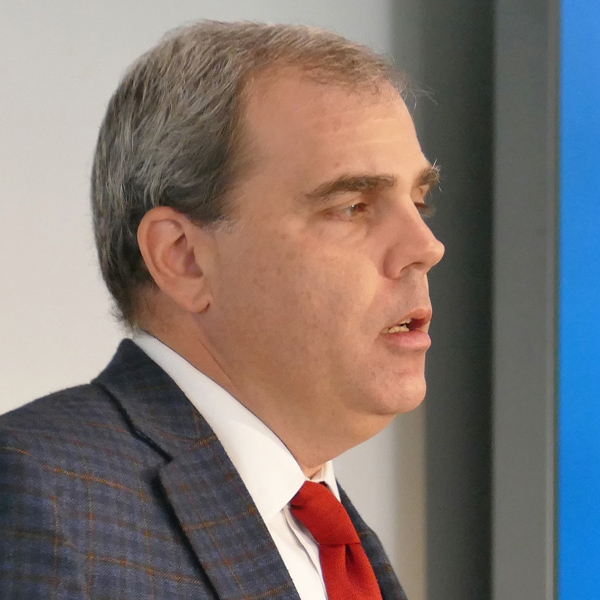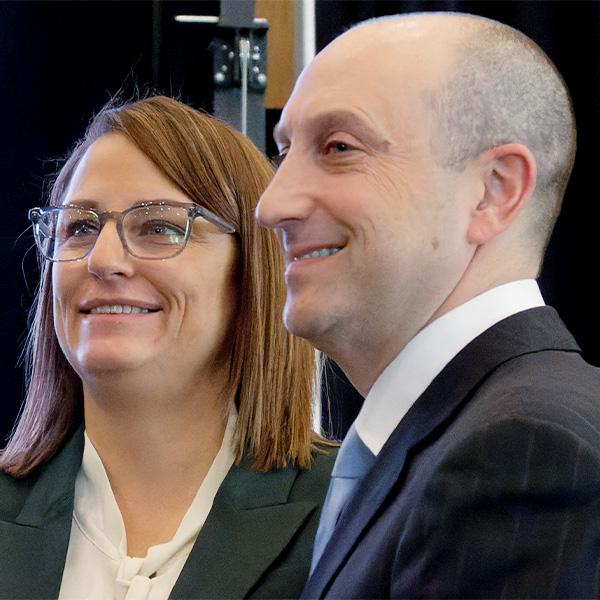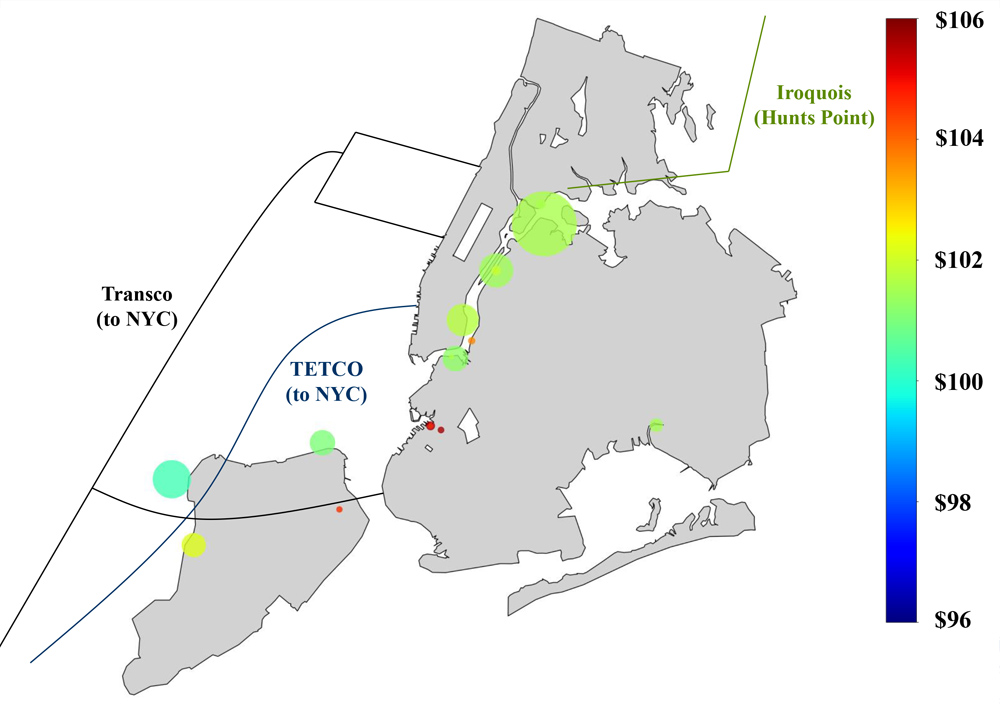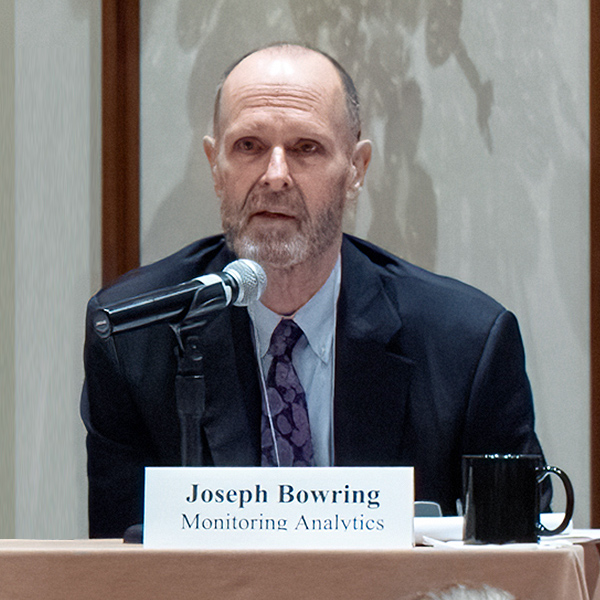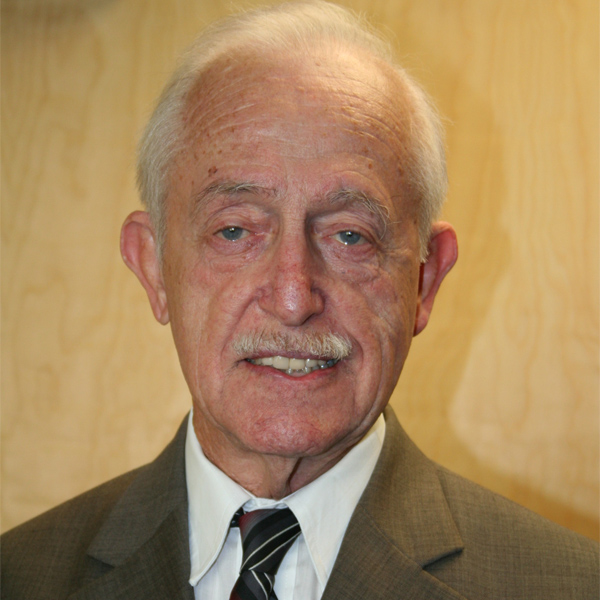FERC on Thursday ordered settlement judge procedures for a three-year-old dispute between Pacific Gas & Electric and the city and county of San Francisco over the provision of distribution service.
At issue was a 2019 complaint the city filed with FERC alleging that PG&E had violated its wholesale distribution tariff (WDT) by refusing to provide lower-voltage secondary service to many sites within the city.
Last week’s order comes nearly a year after the D.C. Circuit Court of Appeals remanded the matter back to FERC after overturning the commission’s unanimous 2020 decision rejecting San Francisco’s complaint (EL19-38). (See San Francisco Wins Against PG&E, FERC in DC Circuit.)
In its original filing, the city alleged that PG&E had consistently refused to make new interconnections at secondary voltage unless the total electricity demand was less than 75 kW and instead offered to connect higher-voltage primary service, which requires the installation of transformers and carries higher fixed costs for ratepayers, inhibiting the installation of rooftop solar.
The city argued that the practice violated PG&E’s tariff, which it said requires the utility to offer secondary service when requested and to expand its infrastructure where necessary.
The utility countered that it did not categorically deny secondary service in cases where demand exceeded 75 kW and said its denials in some cases were based on technical, safety and reliability concerns.
FERC denied the complaint in April 2020, ruling that PG&E should decide what level of service is appropriate for customers, and upheld the decision on rehearing later that year in another unanimous vote.
But in a January 2022 opinion, a three-judge panel of the D.C. Circuit found that FERC failed to scrutinize the safety and reliability risks cited by PG&E. The court also rejected PG&E’s contention that it decides appropriate voltages case by case.
“Evidence before the commission showed that since 2015, many of San Francisco’s new interconnection requests exceeding 75 kW have been denied secondary service by PG&E, and that the proportion of new interconnections above 75 kW receiving primary service has increased since 2015,” the court said. It cited a July 2019 letter written by PG&E to San Francisco saying it was no longer “willing to make additional accommodations” for secondary service.
Faulty Guidepost
In re-examining the record on remand, FERC found that “PG&E’s application of an unofficial and unwritten 75-kW threshold for providing secondary service for San Francisco customers violates the filed rate doctrine, and that the criteria by which PG&E determines service level must be included in its WDT.”
The commission also concluded that FERC’s record contains “insufficient support” to find that the 75-kW threshold is “just and reasonable,” and that the record requires further development to determine when primary service is required under the WDT.
The commission noted that the filed rate doctrine forbids utilities from charging any other rate than the one filed with FERC, adding that the principal “extends to utility practices that affect rates and service.”
“Relatedly, the rule of reason requires public utilities to file for commission approval ‘practices that affect rates and service significantly, that are realistically susceptible of specification, and that are not so generally understood in any contractual arrangement as to render recitation superfluous,’” the commission wrote, citing a 1985 D.C. Circuit opinion.
The commission said it had previously determined that the 75-kW threshold did not need to be included in the WDT because it viewed the threshold as an “initial guidepost for which primary service can be expected,” noting the multiple occasions PG&E had granted secondary service for installations exceeding 75 kW. But the D.C. Circuit ruled that, even as a “guidepost,” the 75-kW threshold was the kind of “numerical threshold” that the “rule of reason” required to be included in the WDT.
“Given the court’s direction on remand, we find that under the rule of reason PG&E must include in the WDT the thresholds and other criteria used to determine whether a customer receives primary, primary plus or secondary service,” the commission said.
The commission also found that the record does not demonstrate that the 75-kW guidepost would itself be just and reasonable for determining which points of interconnection should receive either primary or secondary service.
“For example, while we recognize that the WDT serves a different purpose and applies to different customers than PG&E’s retail tariff, and while that retail tariff is not subject to the commission’s jurisdiction, PG&E has not sufficiently explained why the 3,000-kW threshold it applies in the retail context is not appropriate for determining the type of wholesale distribution service available to a point of delivery under the WDT,” FERC said.
The commission further found that it is unclear that a kilowatt threshold is either necessary or sufficient for determining whether an interconnection should be served with primary or secondary service, rather than “specified reliability, safety or operational criteria,” which could possibly be considered in conjunction with a kilowatt threshold.
“For these reasons, we find that San Francisco has demonstrated that the WDT must include the specific criteria that PG&E uses to determine whether a wholesale distribution service customer is eligible to receive primary, primary plus, or secondary service at a requested point of delivery,” the commission wrote.
FERC said the settlement hearing should examine those issues and explore what San Francisco points of interconnection, if any, that were provided primary service should have been provide secondary service since the time of the original complaint until a revised WDT becomes effective and the appropriate amount of refunds owed to San Francisco as a result.
Hudson Sangree contributed to the reporting in this article.
